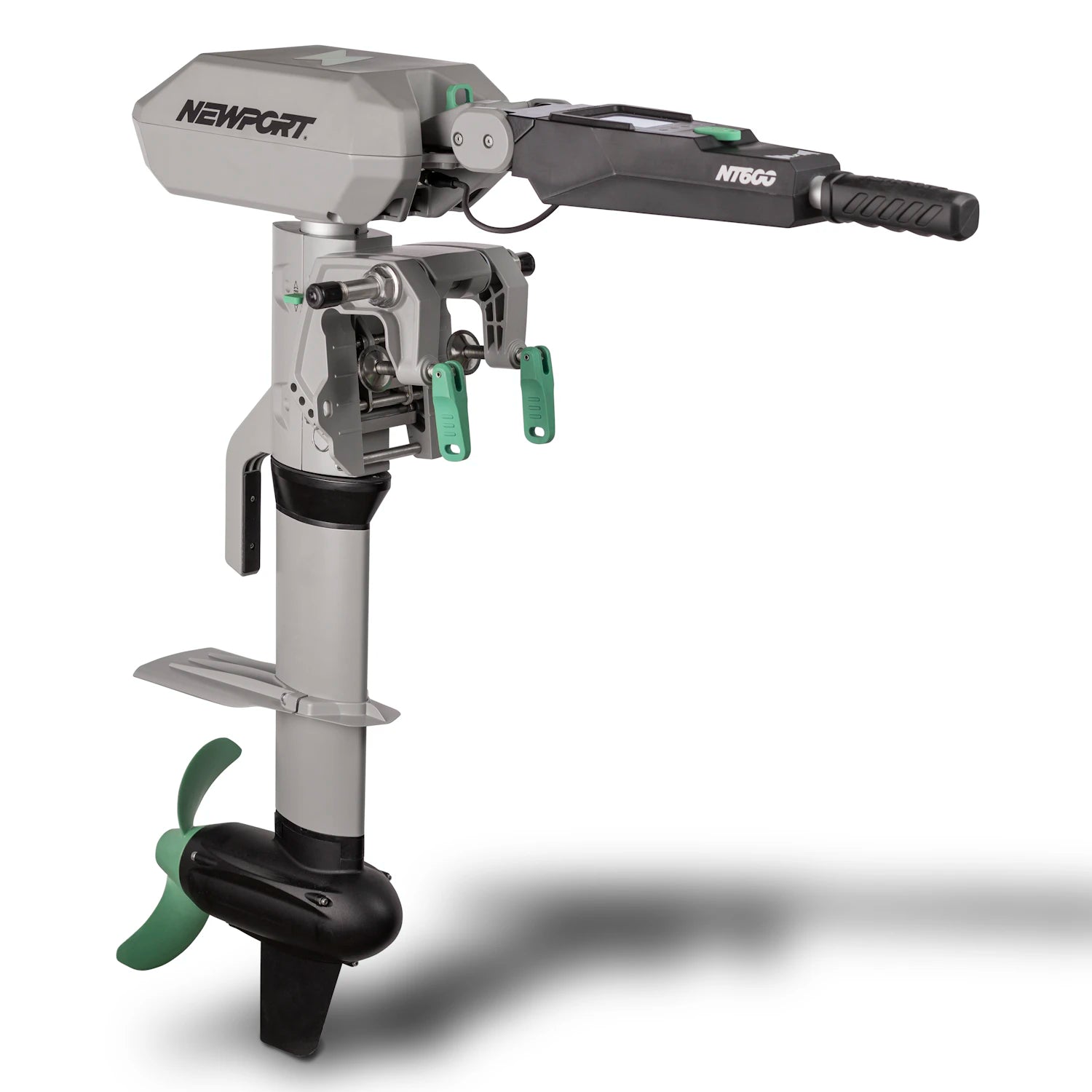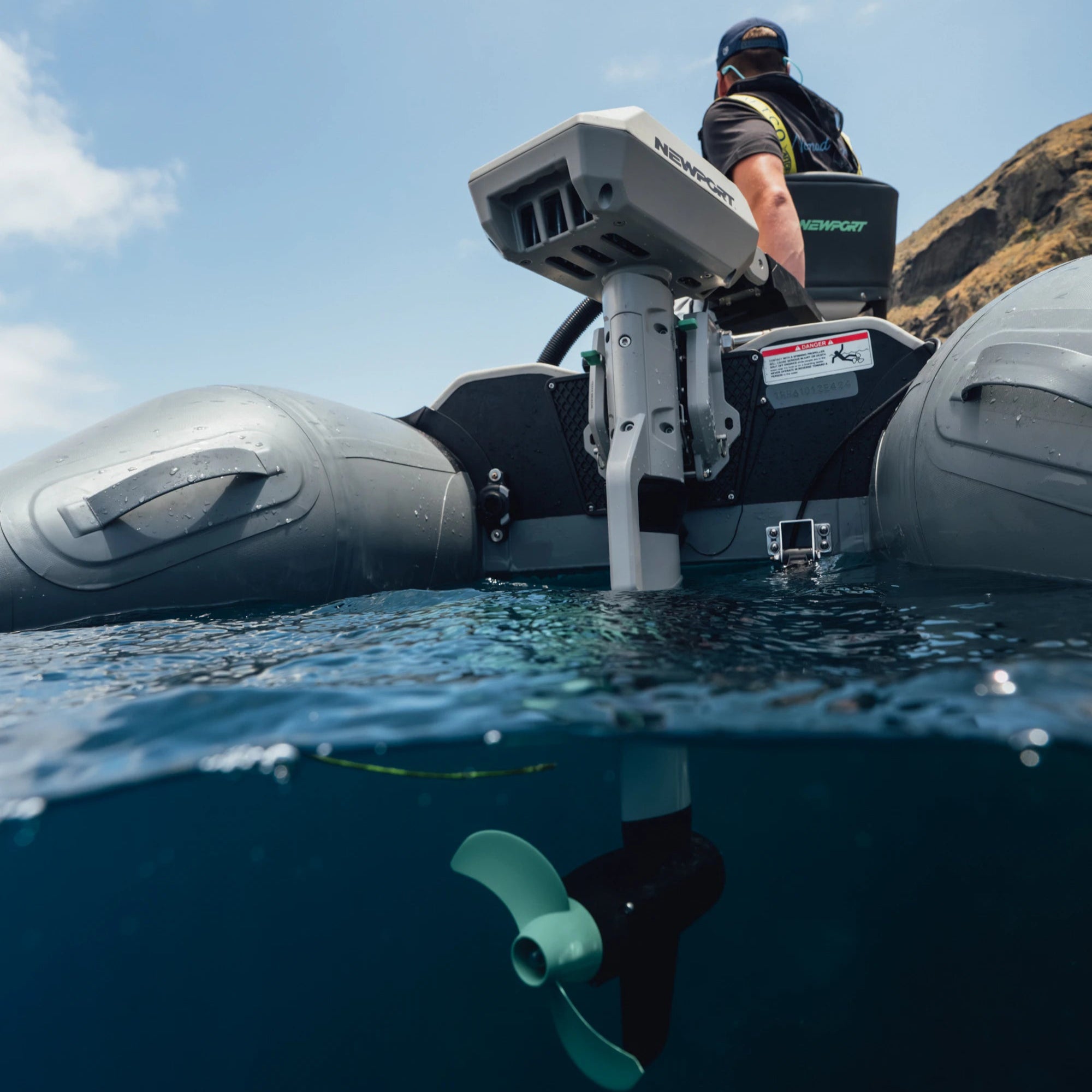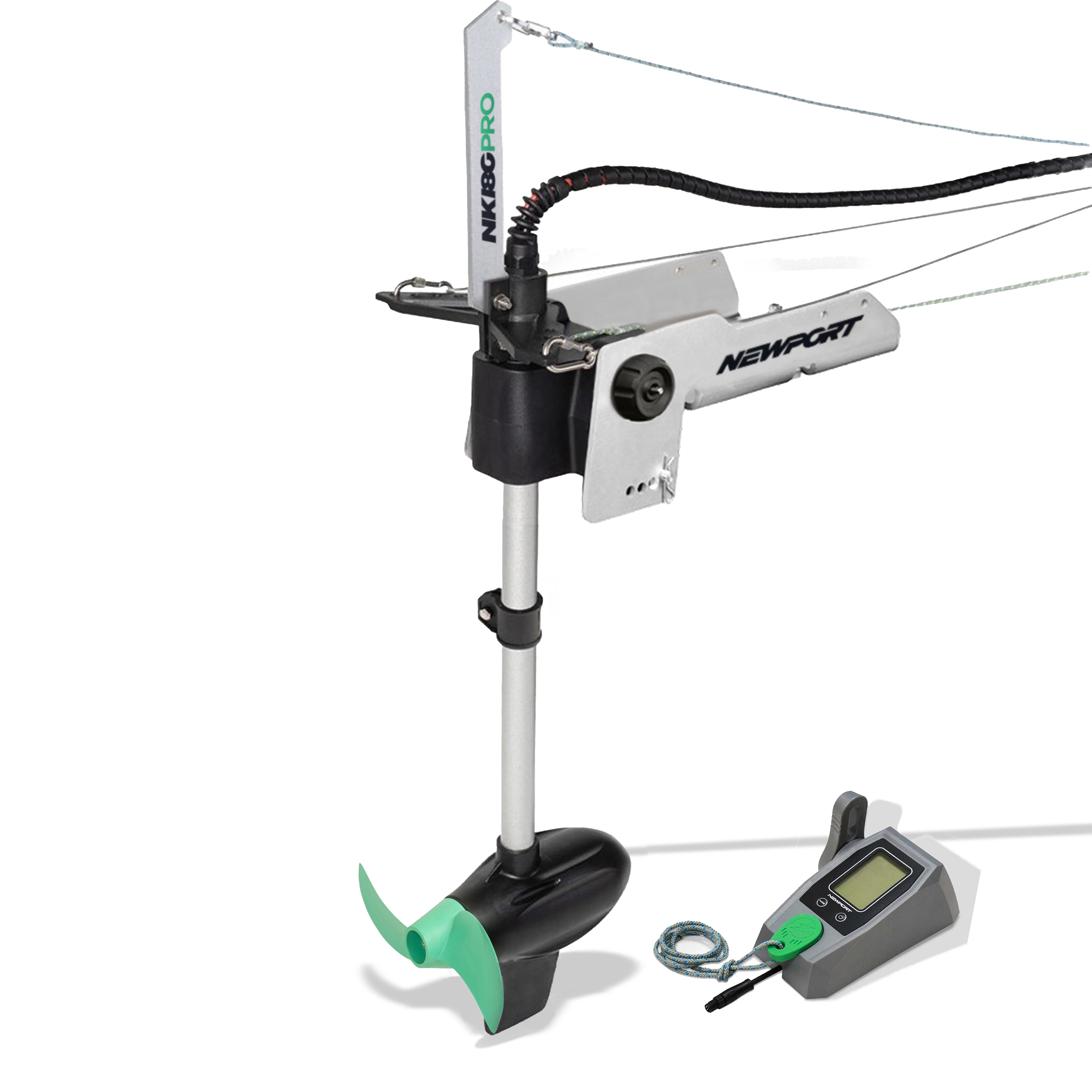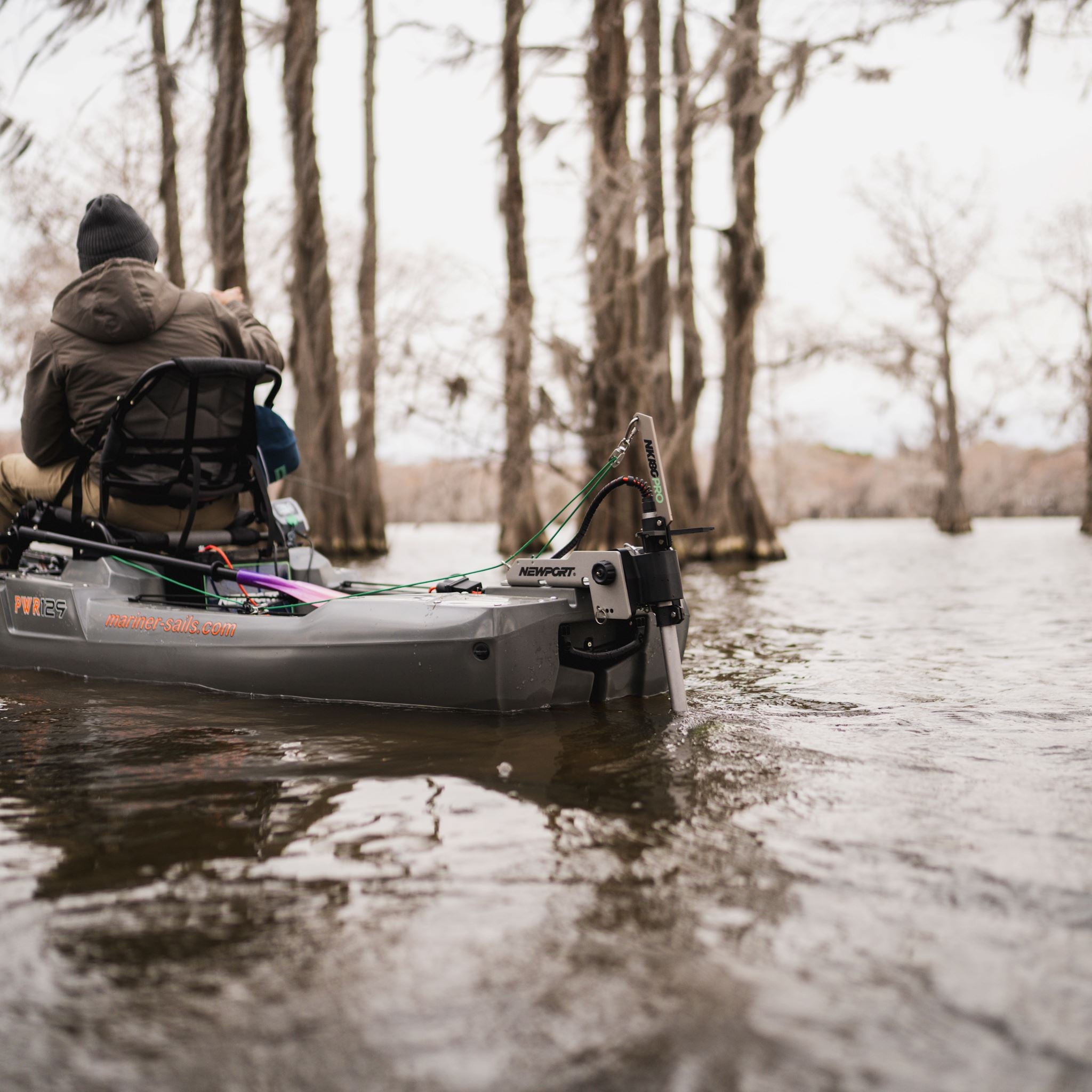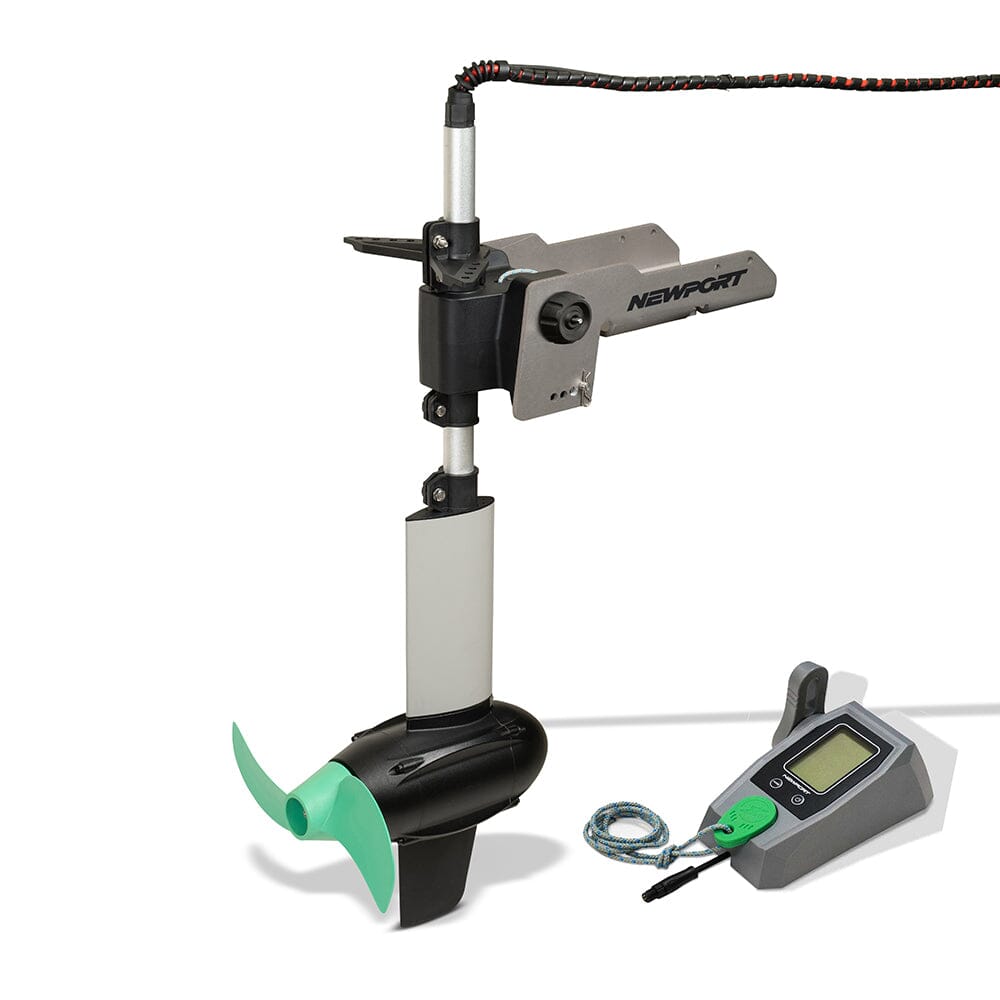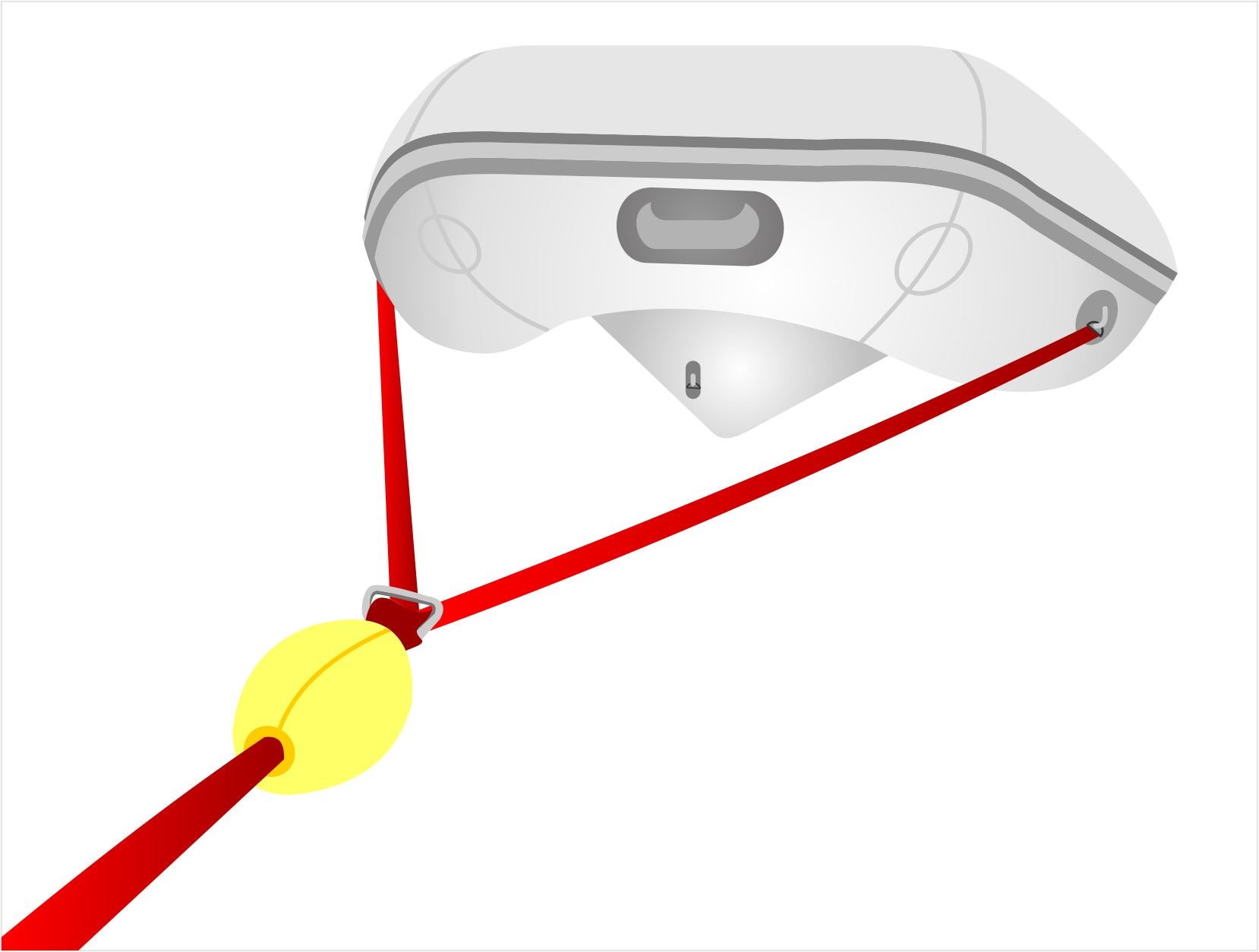INFLATABLE BOATS: HOW TO TOW YOUR DINGHY
In the event that you are unable to stow your inflatable boat onboard your sailboat or powerboat, you may need to tow your inflatable boat. A tow bridle is required to properly tow your inflatable. In this article, we will share the correct method for towing your rubber dinghy.
When towing a Newport Vessels dinghy boat, we recommend a 3-point bridle for the most effective and efficient means of towing. Some inflatable brands cut costs by limiting hardware, if your dinghy only has two bow D-Rings, a 2-point bridle can suffice, but will put more strain on each attachment point.
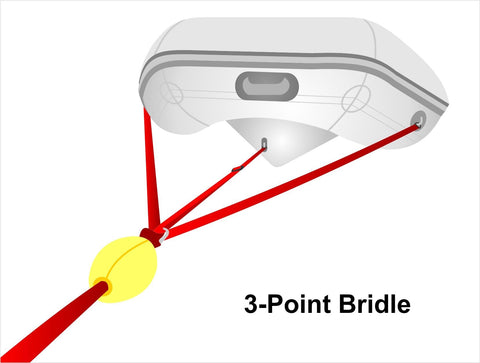


STEP 1
First, secure a tow line to the middle cleat on the stern of the mother ship. Tie a bowline at the end of the tow rope, unless there is already an eye splice. Attach this bowline knot to a ring. Take one part of rope and pass it through the ring at the end of the towline. Create a bowline knot on both ends of the rope and attach them to the D-ring on the starboard and port side of your inflatable. Take one more part of rope and secure it to the middle bow ring. If you do not possess a middle cleat on the mothership, you can follow the same instructions for creating a bridle for your dinghy. If you can only utilize a 2-point bridle, place the connections on the starboard and port side of your rubber dinghy.
STEP 2
The tow line should end in a bowline loop with the bridle passing through. If the towline is fixed to the center of the bridle, it will cause wear on the center pad eye. If the towline has freedom for some movement, both sides of the bridle with have consistent tension allowing the load to be evenly distributed.

STEP 3
Make sure all parts of rope have tension on them for even distribution of weight when being towed. Having one rope with slack will cause greater wear on the other two attachments on your inflatable. Finish off by placing a float on your line to help prevent the potential of the rope getting caught in your propeller. You can also utilize ⅜” polypropylene rope for best results; it naturally floats.
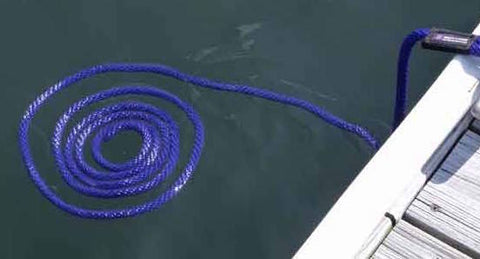

STEP 4

When towing your inflatable behind you, make sure the dinghy is in the V-wake being created by your boat. Having the dinghy placed so it is on the back of the wake created by your wave will put less strain on the bridle and your D-rings. A good rule of thumb is to keep your dinghy two waves behind you at around 8 knots. The faster you go, the farther you will want your dinghy behind you. We do not recommend towing at high speeds as this can cause many issues.
Remove your outboard and other heavy items from inside the inflatable boat before towing the rubber dinghy. Leaving your outboard on the transom while towing can become hazardous. If hit by large waves during towing, your rubber dinghy can flip, submerging the motor, your outboard can fall off the transom and it adds extra weight which strains the tow bridle. If you are unable to remove the outboard motor, tilt your motor up to lessen drag and secure a cable to it in the event the mounting system fails. Also, drive slowly to put less stress on the boat and the tow bridle.
Dinghy Towing Tips:
- Having additional rope is a cheap insurance in case you experience issues.
- Chafing can occur on your inflatable where the bowline knots are attached to the D-rings. Placing the extra patches that came in your repair kit just in front of the D-rings can help reduce damage to your boat.

